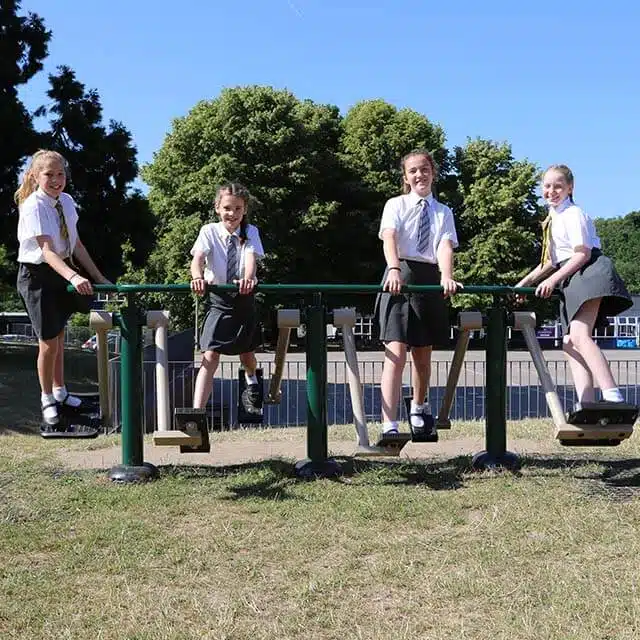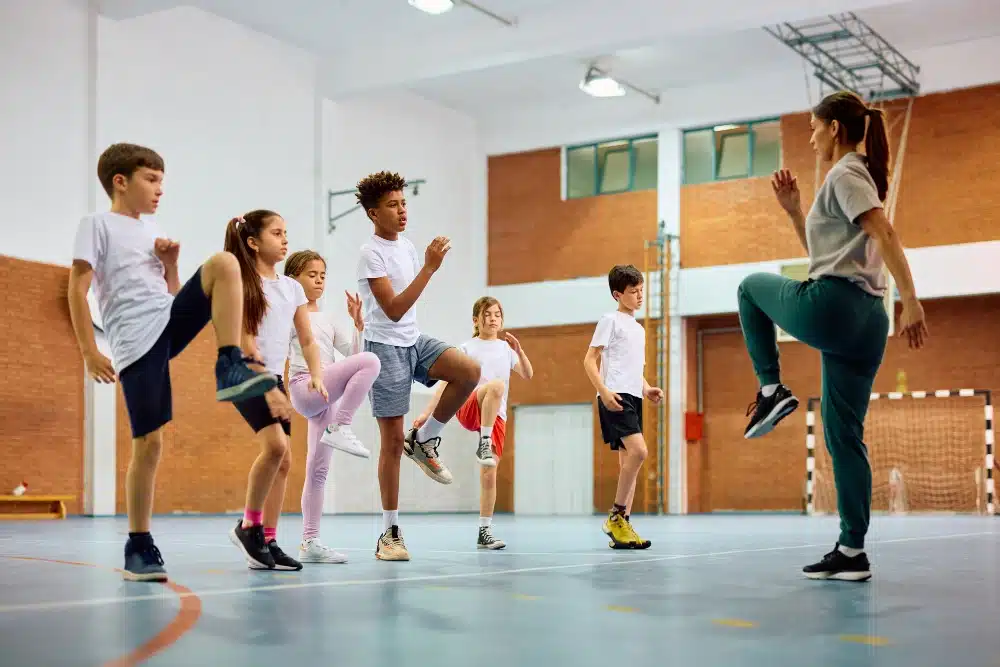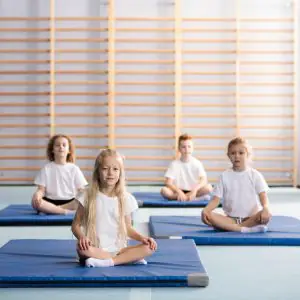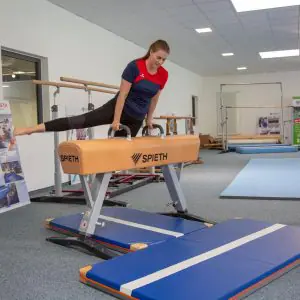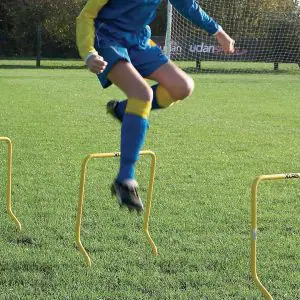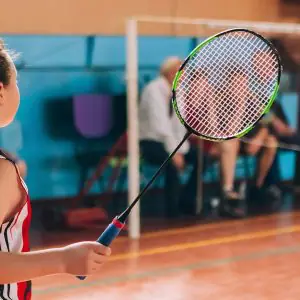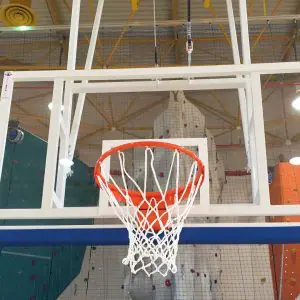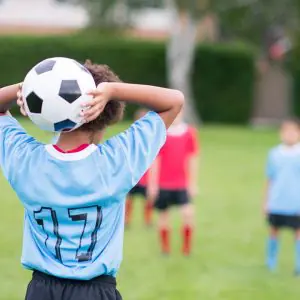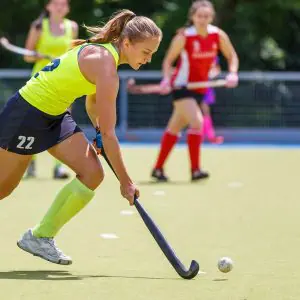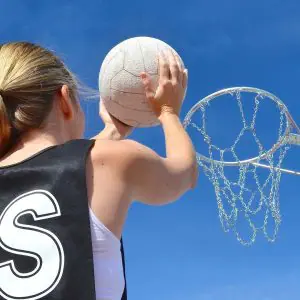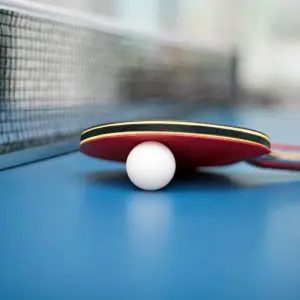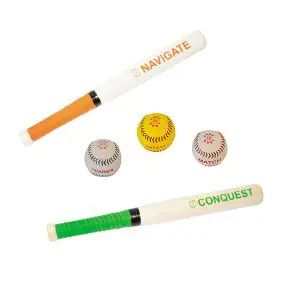For many pupils, physical education (PE) will be the first and only place where they are taught safe, efficient and intelligent movement. In PE, pupils are also taught important health-related knowledge to help them make informed decisions about how to live a healthy, active life…All pupils are entitled to high-quality PE.
Wise words…
…fervently endorsed by the CEO of the Association for PE, Sue Wilkinson MBE: “afPE is adamant that every child should receive weekly two hours of physical education and two hours of physical activity in school, as well as a chance of two hours of physical activity in the community.
To make our children healthier for life, we must also put physical development at the heart of early years education, and prioritise every child’s play with 60 minutes of physical activity daily….We can never take for granted the delivery of high quality PE to our deserving schoolchildren and students by our excellent workforce.
According to research, 70 percent of children drop out of sports before the age of 13 because they are not having fun, partially due to the forced, time-consuming, unbalanced life imposed by adults.
Of course, for safety’s sake, there are certain skills and behaviours that still need guidance from those with more experience but, otherwise, coaches, schools and parents need to wise up to recognising the moments when the child/pupil/student needs to take the lead. It doesn’t have to be a big deal but it is important.
Learning leadership skills doesn’t mean your child has to be captain of the match. As well as being a team leader, children can also practise leadership by supporting smaller groups of pupils, by being an individual player, or by completing a skills development task.
Different children, pupils and students will show their readiness to lead at different times and in different situations – but PE and sports times offer up multiple opportunities. The problem is that it can be difficult for the coach or parents to recognise these moments – or to be able or willing to relinquish their own leadership and responsibilities.
You may notice your toddler expressing an interest in certain sports. If this is the case, foster their love for the sport. Doing so will help them be more excited to participate in it when they get older. Because teenagers are much more independent, they are likely to dictate more of their own choices regarding sports.
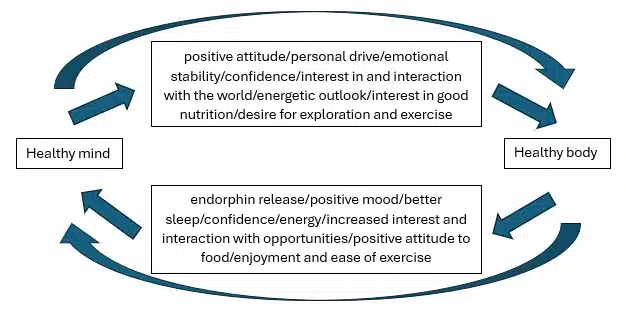
When a baby first realises it has a hand and that hand can touch, feel and grasp things, the baby wants to reach out and interact with the world around. As the baby uses its hand to find out about the world, the baby learns and becomes more interested in opportunities, and the hand and arm become stronger and more dexterous. More things are discovered and interest and learning increase. The baby moves on to crawl, to be excited by discovery and exploration. The baby wants to find out more and the body becomes stronger as the baby practises and increases movements. The baby can get further and further as fine and gross motor skills improve. The baby grows into the toddler who absorbs more experiences and learning. As the child develops physically, so does their knowledge of the world and their confidence and sense of adventure. This exercise and exploration releases positive endorphins and the child wants to know more and establish their personality and identity, so they keep exercising and moving and getting stronger and more coordinated so they can find out more. With this comes confidence and assessment of risk. More learning, more need for an increasing diversity of physical skills, more discoveries, more personal growth and potential for success. Movement helps learning and learning helps personal growth.
Physical education is a mind game.
Keeping PE at the core of the education system is not a luxury, it is an absolutely fundamental necessity.
Being physically active every day is important for the healthy growth and development of babies, toddlers and pre-schoolers. If they’re not yet crawling, encourage them to be physically active by reaching and grasping, pulling and pushing, moving their head, body and limbs during daily routines, and during supervised floor play. Try to include at least 30 minutes of tummy time spread throughout the day when they’re awake. Toddlers need light activity such as standing up, moving around, rolling and playing, as well as more energetic activity like skipping, hopping, running and jumping. As they get older, active play, such as using a climbing frame, riding a bike, playing in water, chasing games and ball games, is the best way for this age group to get moving.
Children under five should not be inactive for long periods, except when they’re asleep.
Physical activity in early years should encourage children to practise big movements like jumping, running and balancing to build these as they grow.
Early years physical development also encourages healthy habits in young children through exercise, sport, dance, and play. Plus, it’s a great opportunity to work on promoting interaction with people and things around them.
Plan what you provide, so babies and young children can roll, crawl, walk, run, jump, balance, throw, catch, and ride wheeled toys. Well-planned play spaces let children move freely, developing their body strength. When considering children’s gross motor skills think of crawling, walking, running, jumping, hopping, skipping, creeping and slithering, spinning, turning, twisting, pushing and pulling. Babies need to have daily ‘tummy time’ to develop their muscles for sitting and crawling.
All this emphasises just how vital a role PE plays in school – not just in formal lesson time but in the understanding and enthusiasm it instils in young children to use their bodies to their full potential. PE is so much more than ‘just’ a curriculum lesson…it pervades and influences everything a child does and how they see and interact with their environment – and the learning, experience and personal development that ensues.
Moving along from the Early Years, it is recommended that five to 18 year-olds engage in the two essential types of physical activity every week:
- aerobic exercise
- exercises to strengthen their muscles and bones
Children and young people aged 5 to 18 should:
- aim for an average of at least 60 minutes of moderate or vigorous intensity physical activity a day across the week
- take part in a variety of types and intensities of physical activity across the week to develop movement skills, muscles and bones
- reduce the time spent sitting or lying down and break up long periods of not moving with some activity. Aim to spread activity throughout the day
One way to tell if you’re working at a moderate intensity level is if you can still talk, but not sing!
With pupils and students spending such a massive proportion of their waking time in school, it is clear that educationalists have a supreme opportunity and responsibility to ensure that physical activity, play and sport take just as major a role as the academics of school life.
Healthy, active body = healthy, active mind.
Once again, the afPE’s commitment to keeping the nation’s children moving is more than just a wish list…it is essential to the long-term health of humankind.
Exercise is the miracle cure we’ve always had, but for too long we’ve neglected to take our recommended dose…Whatever your age, there’s strong scientific evidence that being physically active can help you lead a healthier and happier life…Research shows that physical activity can also boost self-esteem, mood, sleep quality and energy…Crucially, you can hit your weekly activity target but still be at risk of ill health if you spend the rest of the time sitting or lying down.
Sitting for long periods is thought to slow the metabolism, which affects the body’s ability to regulate blood sugar, blood pressure and break down body fat.
However, before anyone has a meltdown about their lack of exercise or starts 4am pre-school workouts for their children – remember that you do not need to swim the channel, play Rugby league or complete a marathon to reap the benefits of exercise!
As long as schools continue to be enabled to provide the essential activity ‘allowance’, topping up activity around the edges can take a variety of forms to suit every taste.
For example, gardening supports and extends children’s physical development, muscular strength, fine motor skills and coordination. Bending over to pull up weeds, lifting a stone or picking up a soil bucket all support developing core strength. Joints are strengthened and made more flexible. Adventurous climbing outside also develops children’s core strength and coordination.
It doesn’t matter what your child or teenager does – from walking the dog to being captain of the school sports team – just as long as they keep on movin’!


